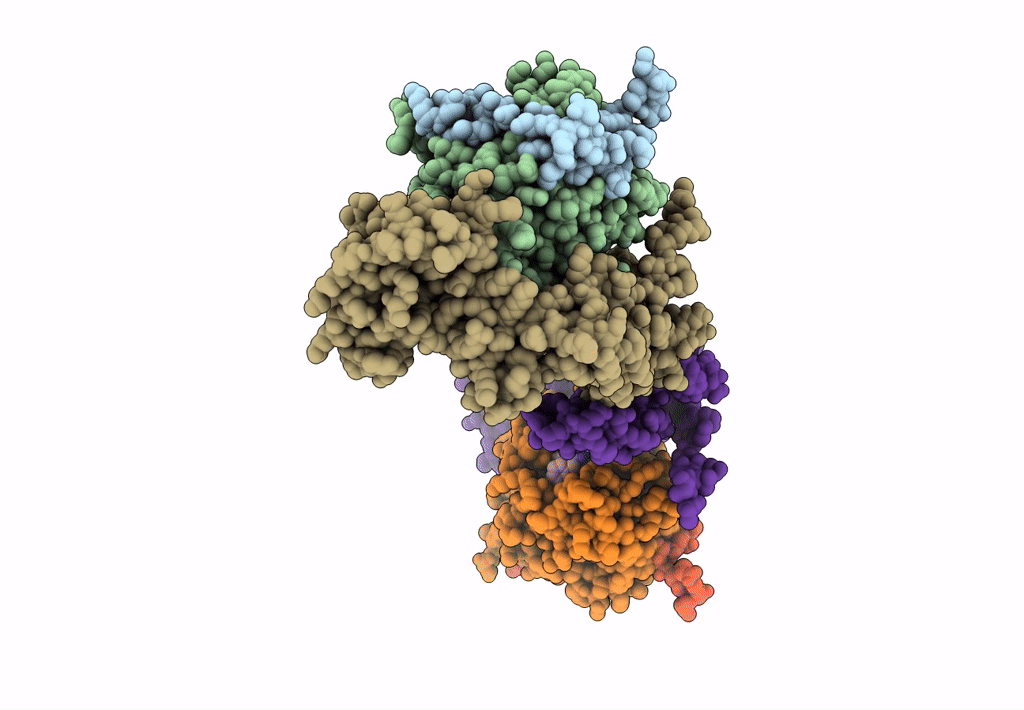
Deposition Date
2005-06-20
Release Date
2005-09-27
Last Version Date
2024-10-30
Entry Detail
PDB ID:
2A1D
Keywords:
Title:
Staphylocoagulase bound to bovine thrombin
Biological Source:
Source Organism:
Staphylococcus aureus (Taxon ID: 1280)
Bos taurus (Taxon ID: 9913)
Bos taurus (Taxon ID: 9913)
Host Organism:
Method Details:
Experimental Method:
Resolution:
3.50 Å
R-Value Free:
0.30
R-Value Work:
0.23
Space Group:
C 1 2 1


